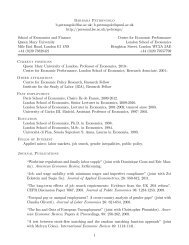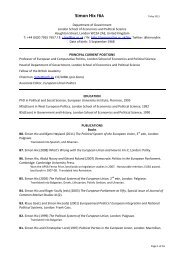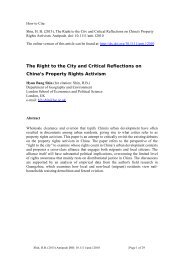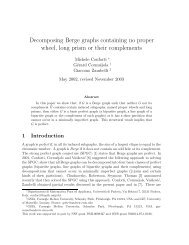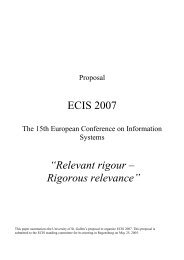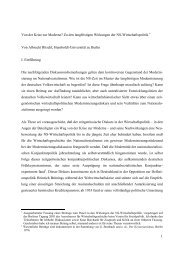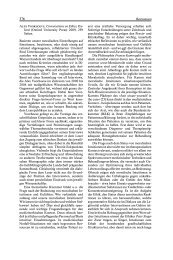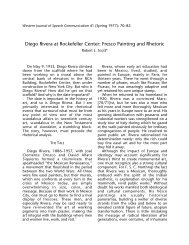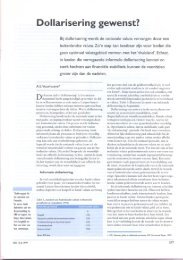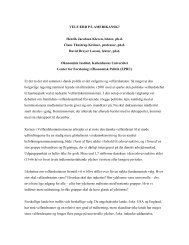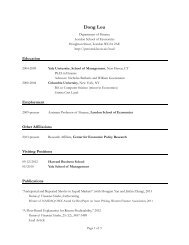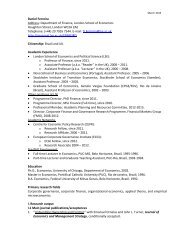Reference: MA, Debin. “The Great Silk Exchange: How the World ...
Reference: MA, Debin. “The Great Silk Exchange: How the World ...
Reference: MA, Debin. “The Great Silk Exchange: How the World ...
You also want an ePaper? Increase the reach of your titles
YUMPU automatically turns print PDFs into web optimized ePapers that Google loves.
fur<strong>the</strong>r improvements to <strong>the</strong> marine transportation system (North 1991). If, as argued by<br />
McNeill, <strong>the</strong>re existed a symbiotic relationship between <strong>the</strong> Islamic world and <strong>the</strong> Caravan<br />
world; clearly, <strong>the</strong> same was also true of <strong>the</strong> European expansion and <strong>the</strong> maritime<br />
transportation system (Chaunu 1969).<br />
After <strong>the</strong> mid-nineteenth century, with <strong>the</strong> laying of <strong>the</strong> inter-continental under-sea<br />
cable, <strong>the</strong> maritime transportation system ushered in a single, unified global market for raw<br />
silk, with standardization geared towards mass consumption and silk prices around <strong>the</strong><br />
world moving in close unison. As <strong>the</strong> world knitted toge<strong>the</strong>r, supply and demand shocks<br />
transmitted quickly from one region to ano<strong>the</strong>r, sometimes within months, weeks, or even<br />
days (Ma 1996; Federico 1997: Ch. 8). By <strong>the</strong> twentieth century, a pound of raw silk sold in<br />
New York was only about one to five percent higher in price than a pound of raw silk of <strong>the</strong><br />
same grade sold in Shanghai or Yokohama (Ma 1996). This contrasts sharply with <strong>the</strong><br />
situation in 1620 and 1621 when prices of silk (both raw and finished fabrics) in Manila<br />
had risen almost tenfold upon reaching <strong>the</strong> port of Lima, Peru (Chuan 1972: 468). This<br />
huge drop in price difference over <strong>the</strong> Pacific reflected long run improvements in marine<br />
transportation.<br />
Conclusion: from luxury to mass consumption<br />
<strong>Silk</strong>, with scarcity resulting from <strong>the</strong> high transportation and communication barriers, had<br />
long been a luxury product, having served gods, saints, emperors and aristocrats around <strong>the</strong><br />
world. It became a symbol of political authority and social status; <strong>the</strong> code of silk dress<br />
once defined <strong>the</strong> political and religious hierarchy of <strong>the</strong> Tang China and <strong>the</strong> Islamic empires<br />
30



